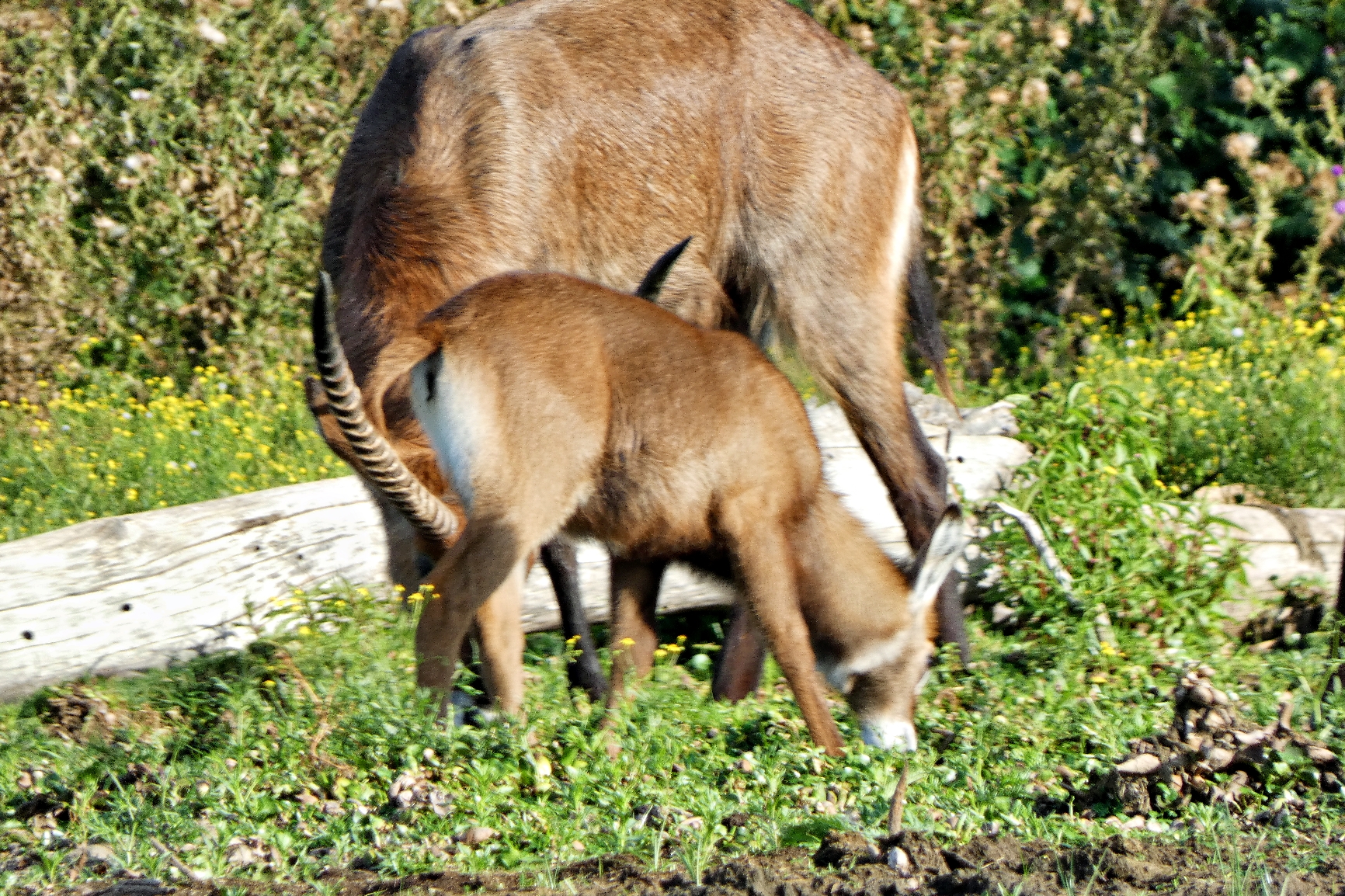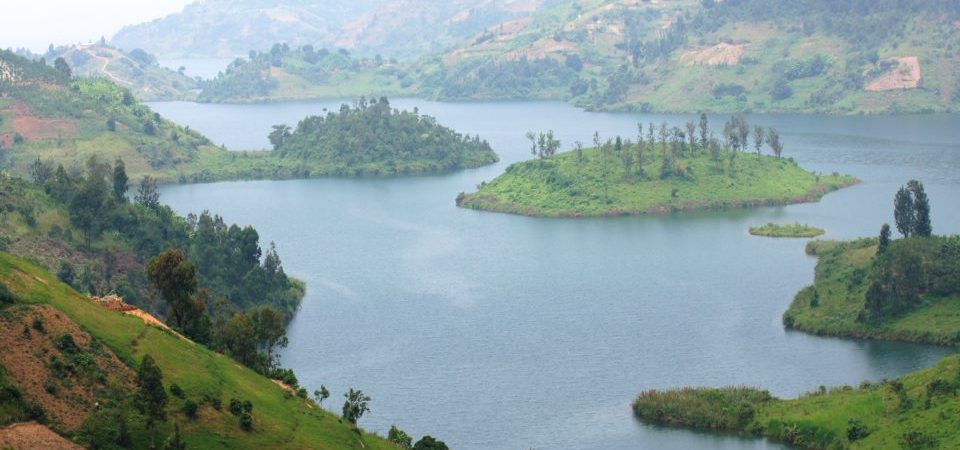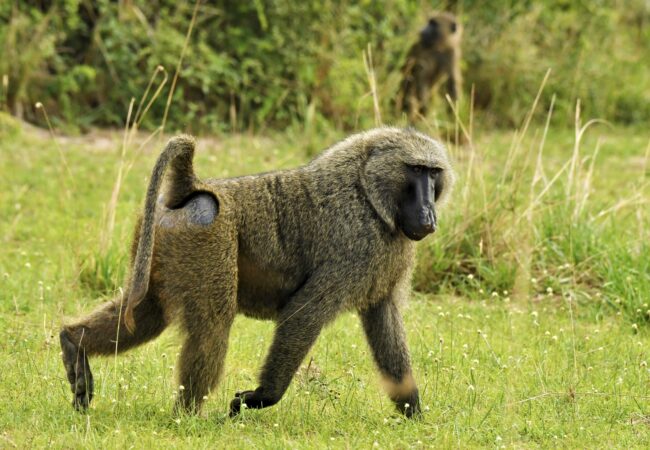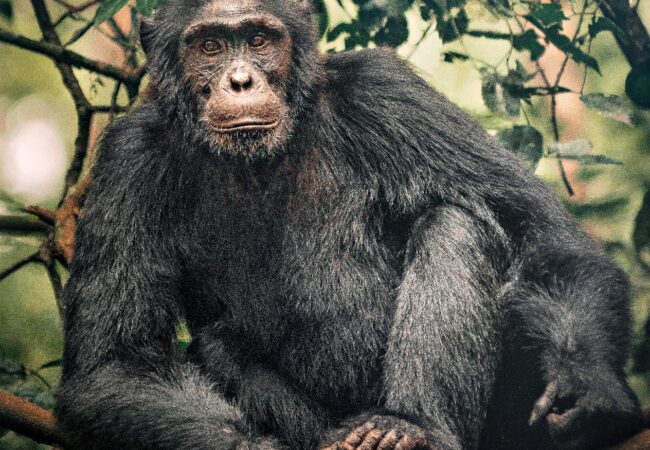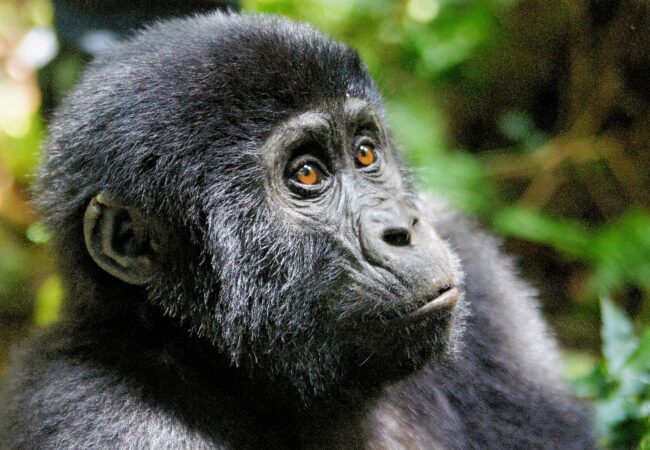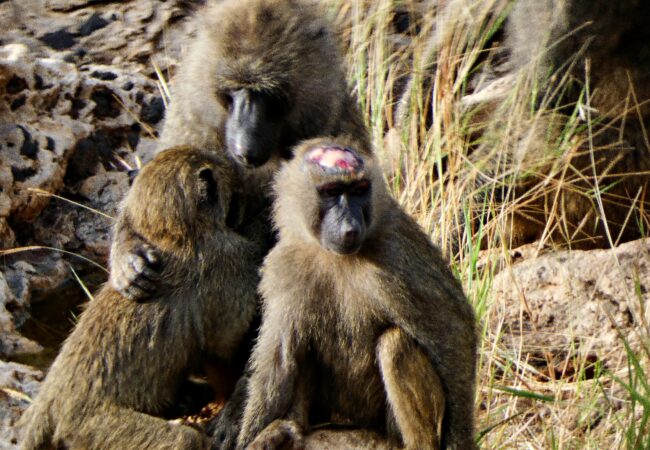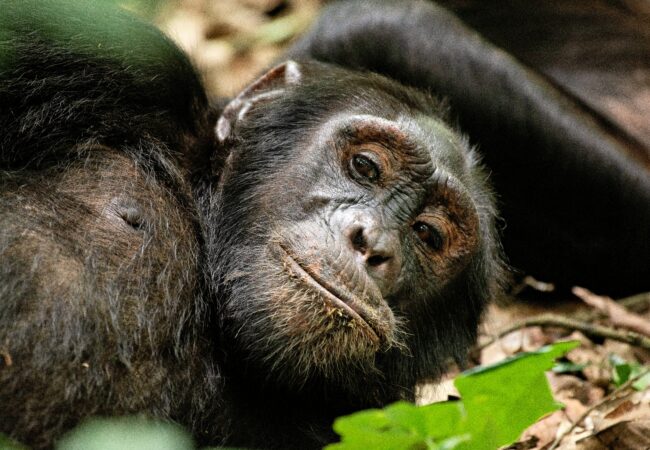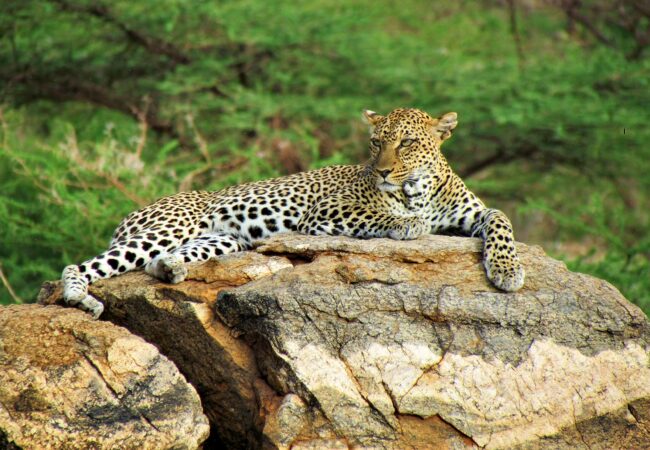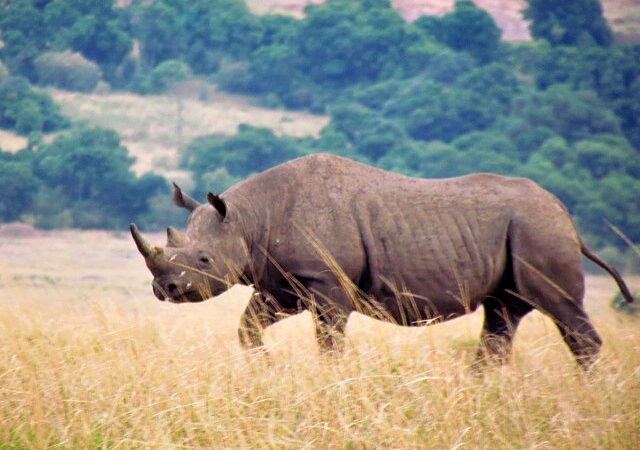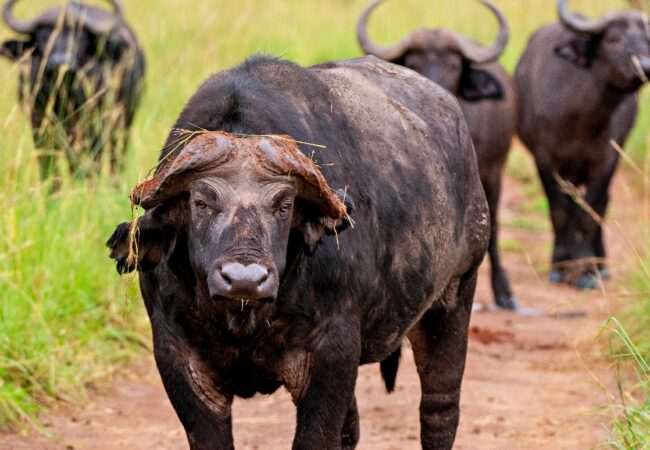Tour Type
Our Destinations
tours@afriquestsafaris.com
NYUNGWE FOREST NATIONAL PARK
- Home
- NYUNGWE FOREST NATIONAL PARK
One of the oldest rainforests in Africa, Nyungwe is rich in biodiversity and spectacularly beautiful. The mountainous region is teaming with wildlife, including a small population of chimpanzees as well as 12 other species of primate, including the L’Hoest’s monkey endemic to the Albertine Rift.
Nyungwe forest national park is situated in the southwest part of Albertine Rift. The park started as a forest reserve since early in 1933 boasting over 240 species of trees with most of the birds and biodiversity originated from Congo and parts of East Africa. One of the main Reasons why Nyungwe Forest is Famous is because the park is the only park in East Africa where the canopy walk takes place. Enjoy the great views of the Forest as you see the monkeys on trees, bird species, tree species and many more. One needs to be physically fit in order to hike through the forest, as well as carry hiking shoes, rainforest, stick are proving for hiking to enable you to be fast since the forest is slippery and muddy therefore do some exercise before your travel.
Chimpanzee tracking is one of the the main activities at Nyungwe National Park. You will see chimpanzees face to face interacting with each other, playing, feeding, swinging from tree to tree and many more. Chimpanzees in Nyungwe national park make the park to be the wonder of the world because the activity is very exceptional.
Nyungwe Forest National Park: The Experience
Nyungwe National Park protects the largest highland rainforest in East Africa. Even from the main road, you’ll be blown away by the endless views over layers of steep jungle-clad mountains. It provides an opportunity to see an amazing variety of monkeys and birds. It’s also a prime chimpanzee trekking destination and notable for its thrilling 70m-/230ft-high canopy walk. Nyungwe has a good variety of forest animals, but it’s the primates that steal the show. Thirteen species are present, including chimpanzees and Ruwenzori colobus monkeys. Both can be tracked on separate activities. Another highlight is the land-dwelling l’Hoest’s monkey, which can often be found along the main road and in the campsites.
With 15 trails, some of which are detailed here, along with various other activities, visitors can choose to sample the delights of the forest or indulge themselves for a week or more in one of Africa’s most stunning forests. Primate tracking tops most visitor’s list, but it’s worth lingering a little longer for those with time to relax and take in the primal atmosphere. Botanists will marvel at the 1,068 plant species and 140 orchids. The birdwatching is among the best in Africa with 322 birds species including Red-collared Babbler and 29 other Albertine Rift Endemic species. Butterflies are also a common sight, with at least 120 species.
Nyungwe Forest National Park: Birdlife
Nyungwe National Park is a stunning birding destination. Casual birders will be amazed at the variety of colorful species fluttering around, while dedicated bird-watchers have an opportunity to mark off many lifers. It pays to ask for a specialist birding guide at the park’s headquarters as they can identify many species by call. Of specific interest are the many Albertine Rift endemics and birds unique to the highland forest habitat. Three birds unrecorded elsewhere on the eastern side of the Albertine Rift are Albertine owlet, red-collared babbler and Rockefeller’s sunbird.
Birding in Nyungwe is excellent throughout the year. Since so much of forest birding depends on calls, the best time is from March to May, when birds are most vocal. From June to September, many birds are feeding their fledglings and keep quiet, only becoming vocally active again in January or February. April is the wettest month and the logistics of birding might become a challenge, as trails get very slippery.
Bangladesh

50% Off
For Your First Book
NYUNGWE FOREST NATIONAL PARK Location.
Our Destination Highlight
Recommended Package
TAXES INCL/PERS
TAXES INCL/PERS
TAXES INCL/PERS
TAXES INCL/PERS
TAXES INCL/PERS
TAXES INCL/PERS
TAXES INCL/PERS
Join The Newsletter
To receive our best monthly deals



